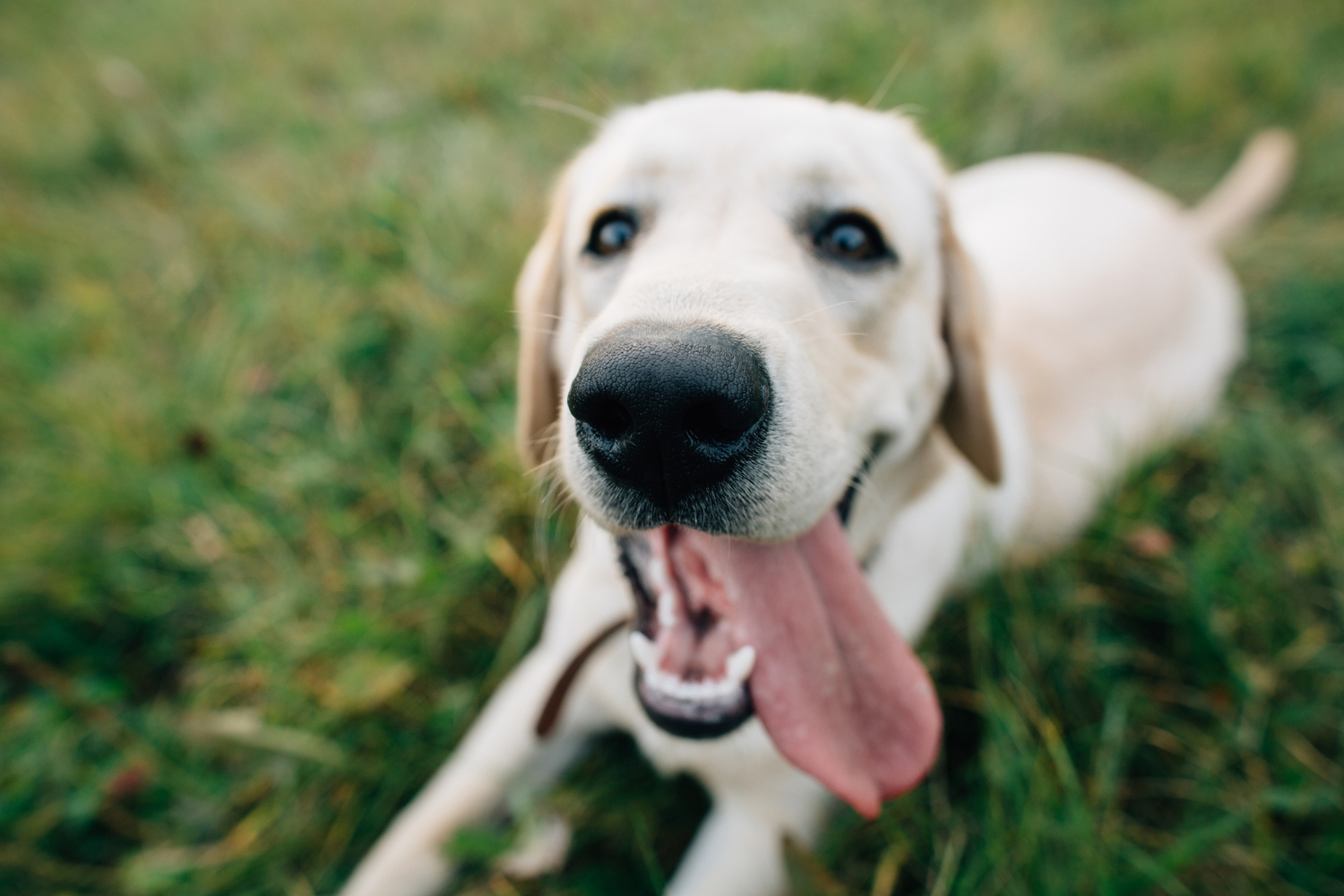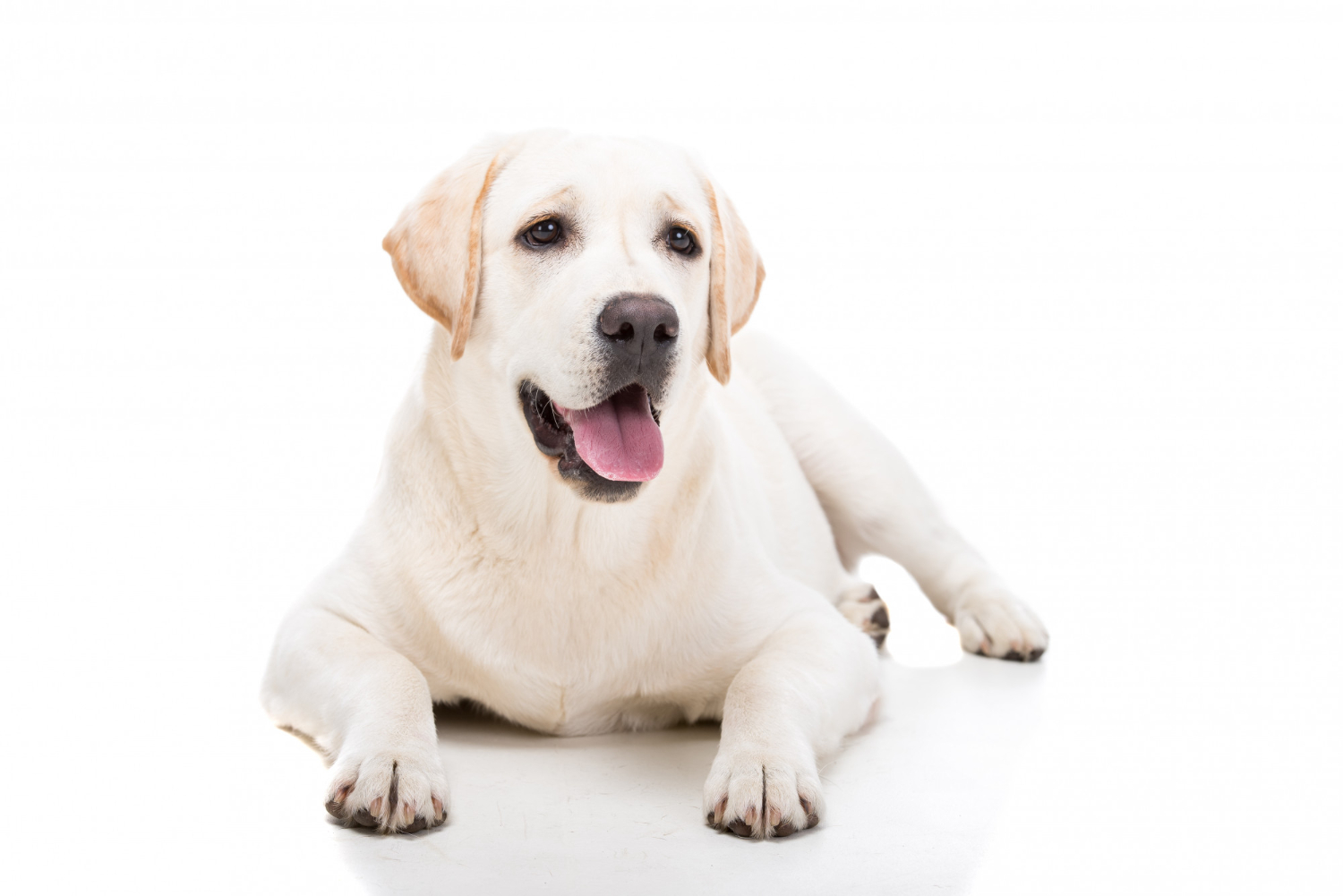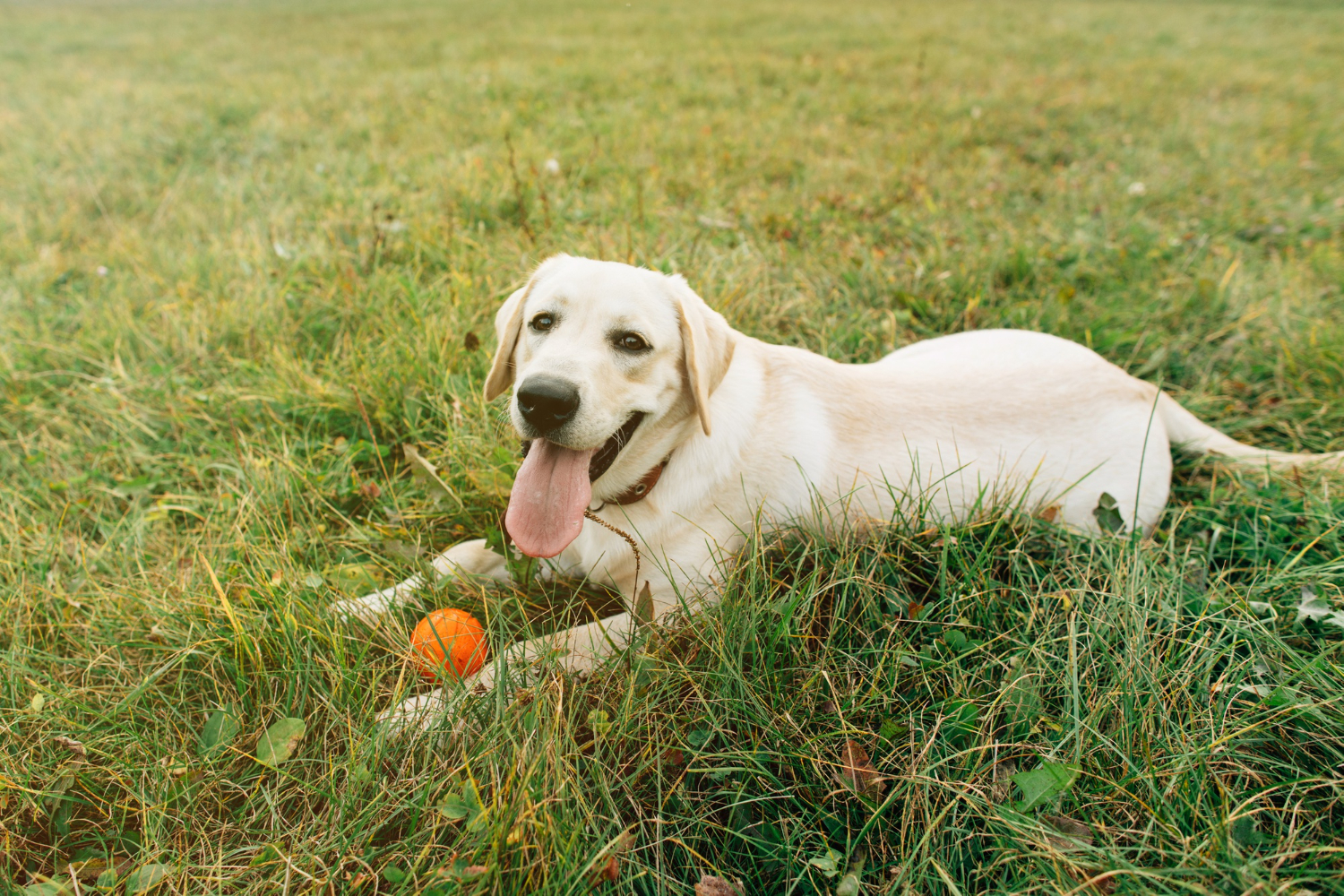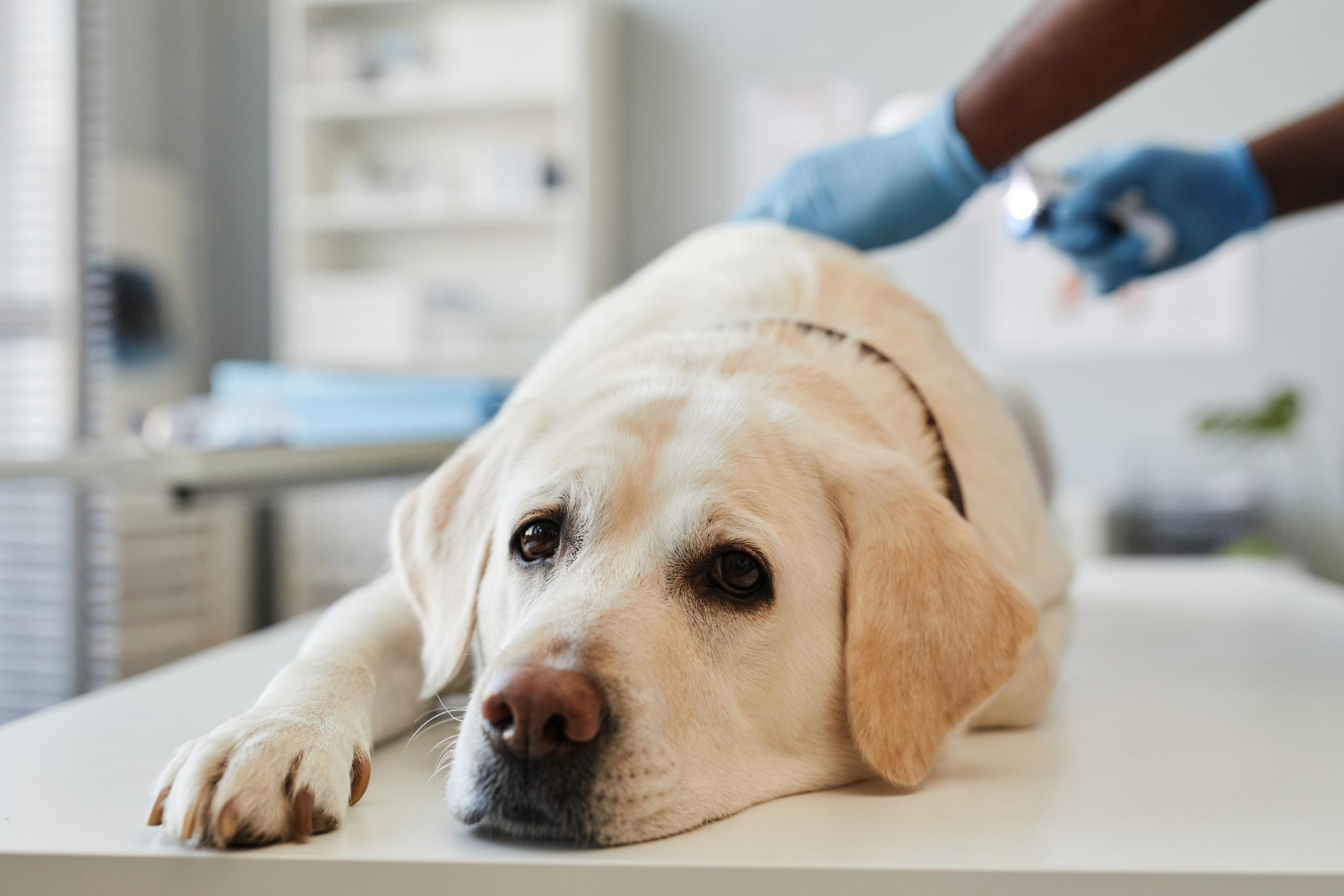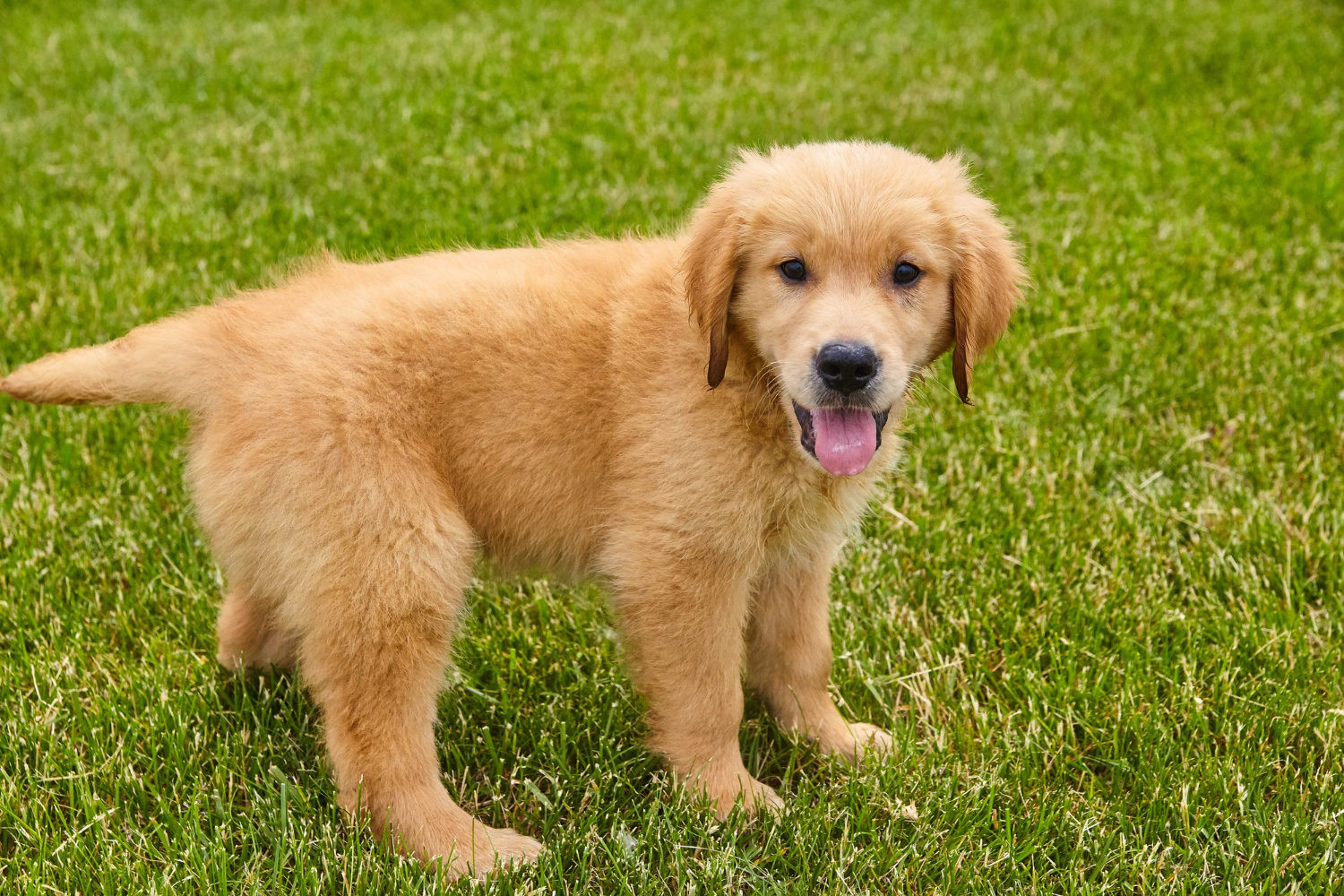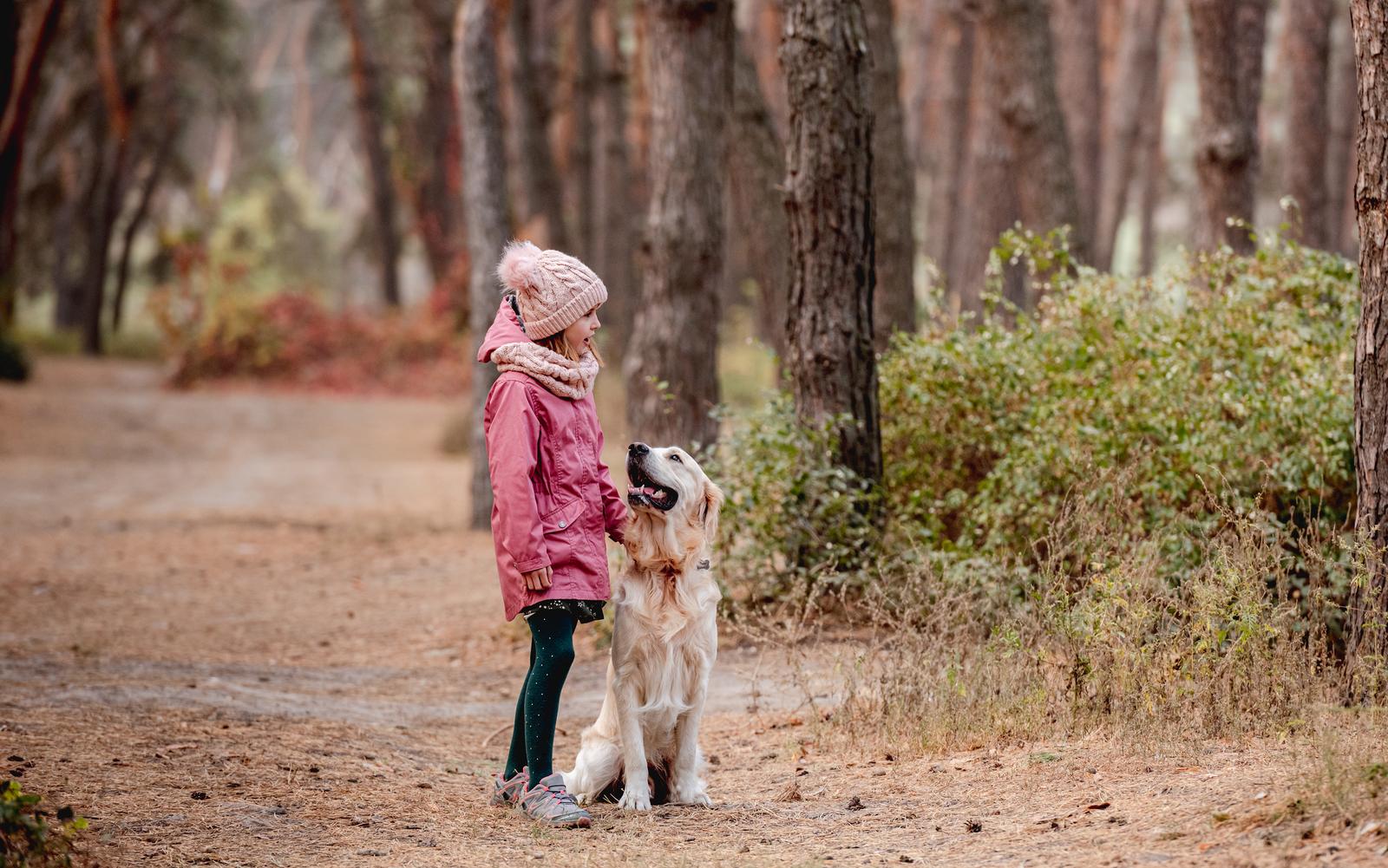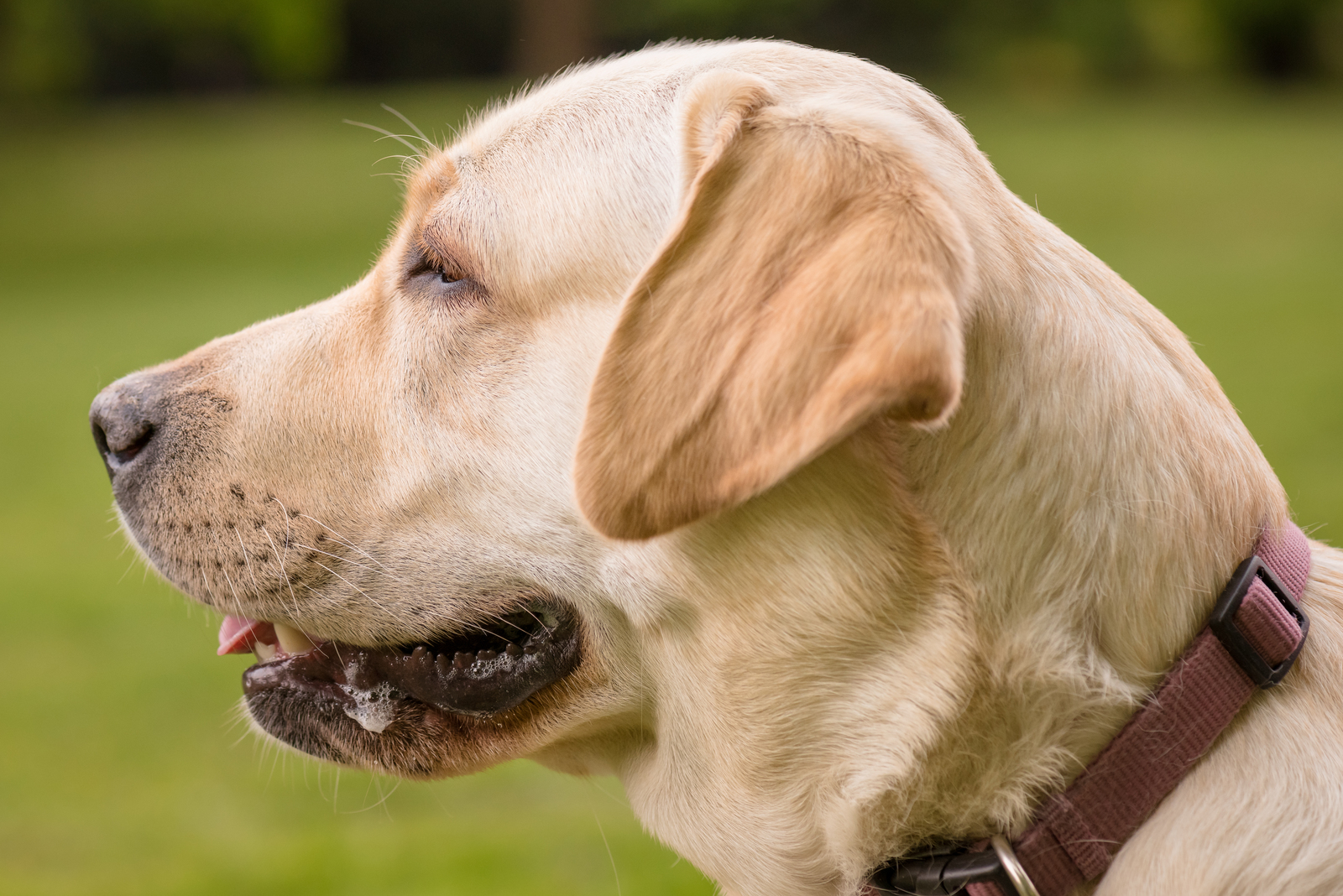How do I train my Labrador puppy? If you’ve recently adopted a Labrador puppy, you probably want to know the proper way to toilet train your pet. There are three main techniques to help you do that. The first method is called lure-and-reward training. This method works by rewarding your puppy every time he uses the bathroom. The second method is called using a leash.
Lure-and-reward training
This training method involves using a treat as a lure to get your Labrador puppy to do a desired action. Once your pup completes the desired action, give him the treat, which will serve as a reward. Food treats can be anything your dog enjoys, including homemade or commercial dog treats. Using a toy is also a great way to lure your pup into the desired behavior.
The trick is to begin training as soon as your puppy is old enough to understand the concept. Some puppies learn entire behaviors in one lure, while others are stuck partway through. This means you’ll have to break up the behavior, rewarding partial turns until your puppy reaches the end of the turn. Eventually, you’ll want to add a verbal cue to your training, but not immediately.
Using treats as lures is a simple way to teach your puppy the correct behavior. You can lure your puppy to perform an action by holding a treat in your hand and then rewarding him for it. Eventually, your puppy will learn that you want him to sit by offering him a tasty treat. It will only take a few repetitions before your puppy will learn that sitting means good behavior.
The APDT recommends keeping a consistent luring motion and voice cue. If you treat your dog after performing a behavior, it may not be so obvious when the treat is not present. In this case, you’ll need to give your pup another treat. After a few weeks, you can then introduce your voice command to reward your puppy for completing a command.
The next time you bring your Lab home, use a reward that comes with food. Labradors are notorious for getting underfoot! They love to be around people, and if they’re left unattended, they’ll run amok and hurt you or someone else in your household. Therefore, learning how to lure-and-reward train your pup will help you avoid any unwanted accidents!
Using a kennel or crate
Using a kennel or dog crate to housetrain a Labrador puppy is an easy way to help your pup get used to spending time in a confined area. It also helps you create a safe, comfortable place for your puppy to sleep, especially during times of traveling. It can be done both with a puppy and as a fully grown dog.
When crate training a puppy, you should keep in mind that the crate is a natural place for a dog to sleep, rest, and raise his family. A dog’s natural instinct to seek safety and security in the den will help them learn to respect it. As long as you follow through, you can get your puppy to accept the crate as their own personal den.
Before you begin crate training your puppy, you should introduce it slowly. The first few days, your puppy will likely hate the crate. However, once it begins to accept its new home, it will eventually be the place to go for naps, chewtoys, and naps. Once your puppy starts crate training, he’ll look forward to his daily routine.
While many dog owners advocate using a crate to housetrain a labrador puppy, there are some risks associated with using a kennel. For one thing, forcing a dog to use a crate is cruel and inhumane. For another, some dogs hate it, so don’t force him to use one. Moreover, a crate is only as safe as the crate is secure and comfortable for your dog.
Besides being safe, crates take up valuable space in your car. And you don’t want to make a den in your car for your pup if he’s a solitary animal. If possible, try to place your crate in a busy area, such as the kitchen or family room. You don’t want him to be in the direct sunlight or too much heat. If you’re using a crate to house train a labrador puppy, make sure to use bedding that isn’t chewable.
Rewarding your puppy when he goes to the bathroom
As a puppy, you should take him out to the bathroom and then praise and reward him after he finishes. Don’t punish him when he uses the bathroom inside the house, as this may cause him to be scared of you, which could do more harm than good. The smelly area outside is also motivational for puppies, so you should make sure that he knows it’s his job to go to the bathroom outside.
Toilet training your puppy is simple if you start at the beginning. You should take him to the bathroom as soon as he wakes up and right after he eats and drinks. Assign a designated spot for him to go to the bathroom. Consult your breeder or rescue centre for advice on surfaces he likes to go. Once your puppy learns where to go, reward him with treats. Keep in mind that you must go out to the bathroom at least every two hours.
Rewarding your labrador puppy when going to the bathroom is an excellent way to ensure that he stays in the same spot when he goes. It’s also important to make sure that you take him outside every morning. When you see your puppy going to the bathroom, be sure to reward him with praise. Remember, praise is the best reward! Just remember that it’s best to use treats only if your puppy has done something good.
Toilet training your labrador puppy requires patience and consistency. A successful toilet training process can take as little as seven days. Be sure to keep your cool throughout this process and never punish your pup for an accident. Remember that your puppy needs your support throughout the process, so remember that this process is important for you and your puppy. Just keep in mind that it takes time and patience, and rewards will go a long way.
Using a leash
Using a leash is one of the easiest ways to walk a labrador puppy. The leash is a great way to keep your puppy focused on you, while also allowing your dog to explore different parts of your house. To help train your puppy, you can tie it under the leg of a chair or attach it to a wall hook. As you work on walking your puppy, make sure you set up several safe zones in your home. For example, use the leash during playtime with toys, appropriate chew items, and enrichment activities. Lastly, use the leash to grab your puppy when necessary.
When training your Labrador puppy, it is essential to be consistent. A clumsy dog may become distracted easily. Using a leash to train a labrador puppy requires consistent training on both sides. The dog should always remain calm while you are attaching the leash, saying hello, or putting on a harness. After teaching your pup to behave in these ways, you can work on establishing discipline.
If you’re having trouble walking your puppy with a collar, you can use a head halter. While head halters may be useful during training, they shouldn’t replace the actual training that must occur. A head halter, or no-pull harness, can help reduce the urge for a dog to pull. Regardless of which type of head halter you choose, you should use the proper technique to prevent your puppy from pulling.
While walking your puppy on a leash, you should always reward your pup for coming to you. Puppy training sessions should be fun and rewarding for both of you. If you do it correctly, your Labrador puppy will eventually learn to come to you whenever you call. When he is ready for a treat, you can reward him with a treat and move on. If you follow these steps, your pup will be able to sit on a leash without too much trouble.
A leash is a great tool for teaching a Labrador puppy basic commands. When your Lab pulls on the leash, do not reward him or her. Your Lab will continue to pull until it reaches the desired destination. In some cases, the leash will simply annoy them more. Besides, you may find yourself giving your arms a rest while your Lab gets some extra exercise.
Equally interesting…


